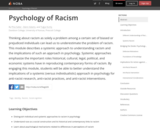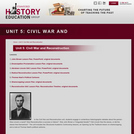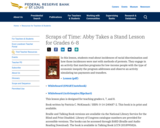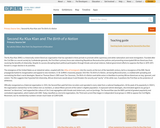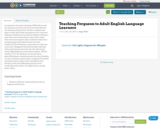Asian Americans have been in the U.S. for over 170 years yet common stereotypes and myths persist. Even today, Asian Americans are often regarded as “perpetual foreigners” or the “model minority.” Unfortunately, the Asian American experience is overlooked, forgotten, or misrepresented in history texts and in the K-12 curriculum. The COVID-19 pandemic has evoked a disturbing surge in racist and violent acts targeting Asian American and Pacific Islanders (AAPIs) that has its roots in ignorance, xenophobia, and mistrust. These actions have galvanized the AAPI community into action and promoted solidarity between AAPI and other groups.
2021 Social Science Standards Integrated with Ethnic Studies:
Civics and Government: 5.1, HS.2, HS.9
Geography: 5.13
Historical Knowledge: 6.21, 8.25, HS.52, HS.60, HS.61, HS.64, HS.65
Historical Thinking: 7.25, 8.31, 8.32, HS.69
Social Science Analysis: 5.26, 5.27, 5.28, 5.29, 6.24, 6.26, 6.27, 6.28, 7.29, 7.30, 8.34, 8.36, HS.71, HS.72, HS.73, HS.74, HS.75, HS.76, HS.77, HS.78




